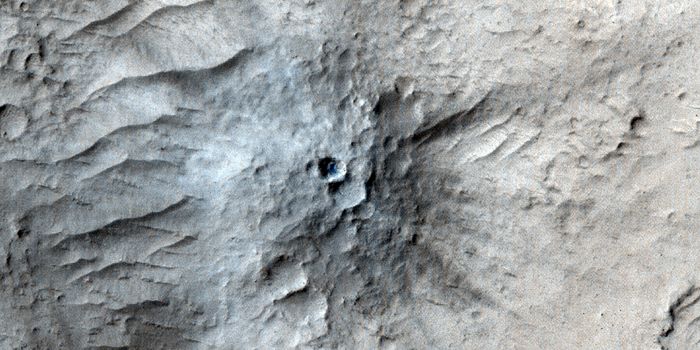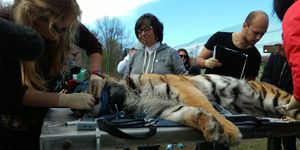This is What it Sounds Like in Between Saturn and its Rings
Over the last few days, NASA has been sharing bits and pieces of what the Cassini spacecraft experienced when it dove in between Saturn and its robust rings for the first time in 20 years.
While we’ve so far had the opportunity to see spectacular images of the planet and its rings, and we’ve even learned that there’s far more empty space in between Saturn and its rings than originally thought, NASA has yet another surprise to share: the sound.
Indeed, Cassini comes equipped with a giant microphone, and when the spacecraft performed its mission, NASA recorded the activity to learn more about what the Saturnine system sounds like. You can listen to it in the following video published by NASA on YouTube:
The activity was recorded with Cassini’s Radio and Plasma Wave Science instrument, which in and of itself really isn’t a traditional “microphone” so to speak, since the vacuum of space doesn’t allow sound waves to travel very well, but this data can be translated to sound, just as it was in this case.
What you’re hearing is essentially a uniform screech that includes ‘pops’ and ‘cracks,’ as NASA describes them. Because there is no peak in the sounds, this is how NASA was able to discern that the gap in between the planet and the rings was ultimately empty.
Related: Check out this incredible photograph of Saturn and its moon Dione, taken via Cassini
Cassini is scheduled to make a grand total of 22 of these dives before September in what is being called the spacecraft’s Grand Finale.
At the end of the final dive, since Cassini is nearly out of fuel, the spacecraft will dive into Saturn’s atmosphere where the mission will finally come to an end. This will prevent Cassini from inadvertently coming into contact with one of Saturn’s Moons, such as Enceladus or Titan, and potentially disturbing their ecosystems, as they may have the potential to support life.
Right now, there are two questions astronomers are trying to answer: 1) How old are Saturn’s rings?; and 2) Why is there much less dust and debris in between Saturn and its rings than originally thought?
While both questions remain unanswered at this point in time, we have at least 20 more dives to collect the data we need. Fortunately, we’ll have a long time to study the data after it finally gets transmitted to Earth. It ought to be interesting to see what comes out of all this Grand Finale research.
Source: NASA








